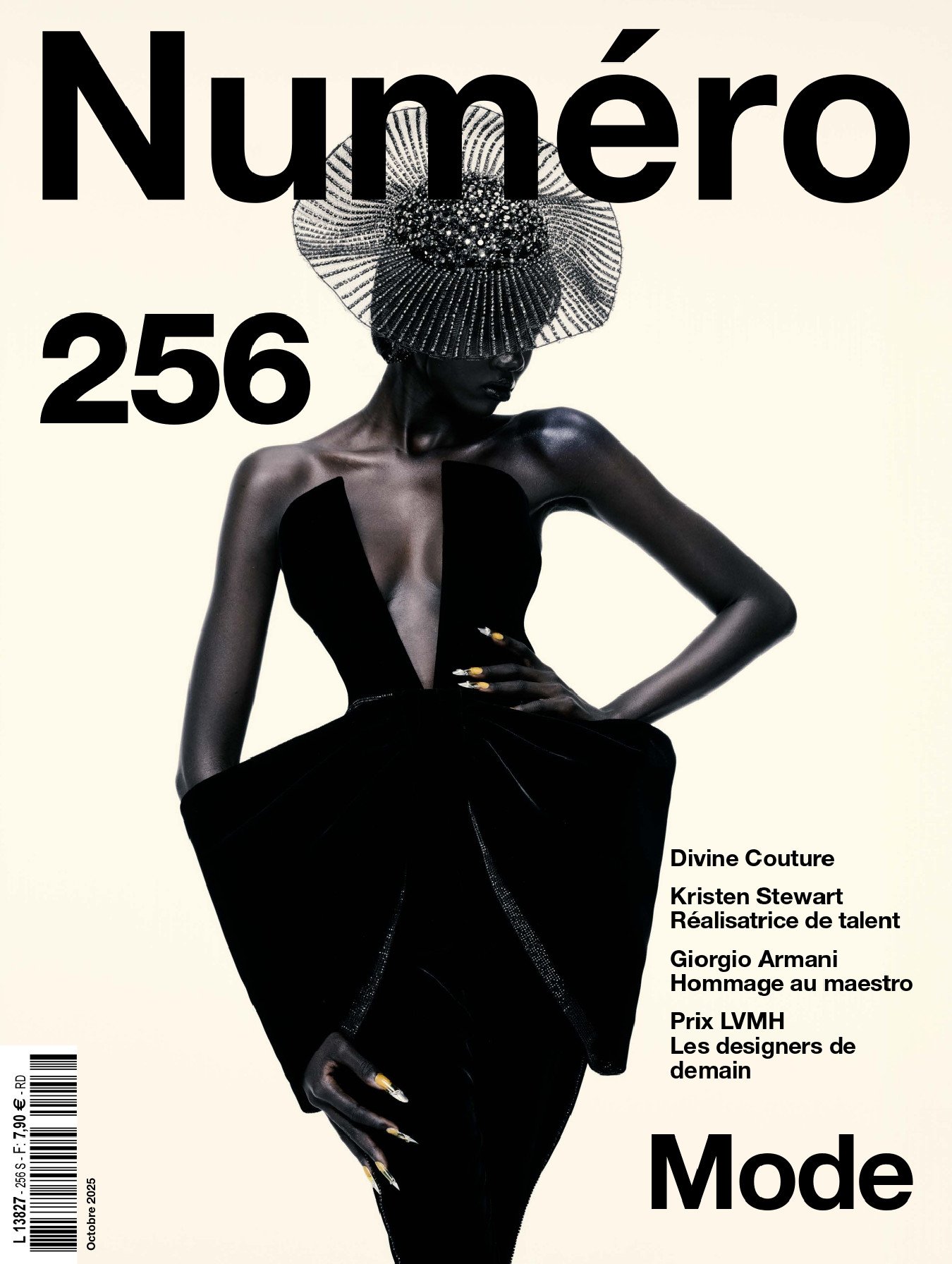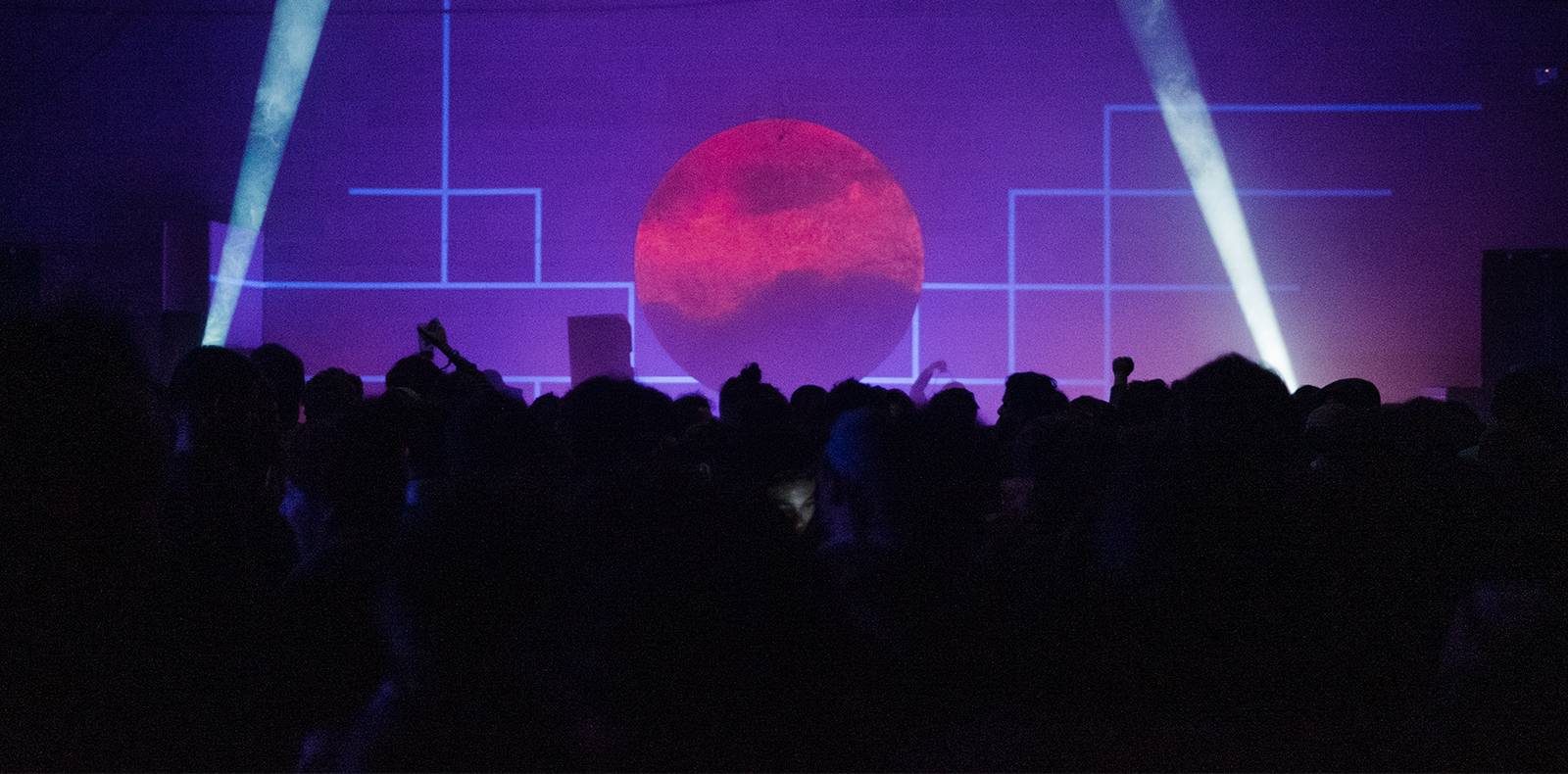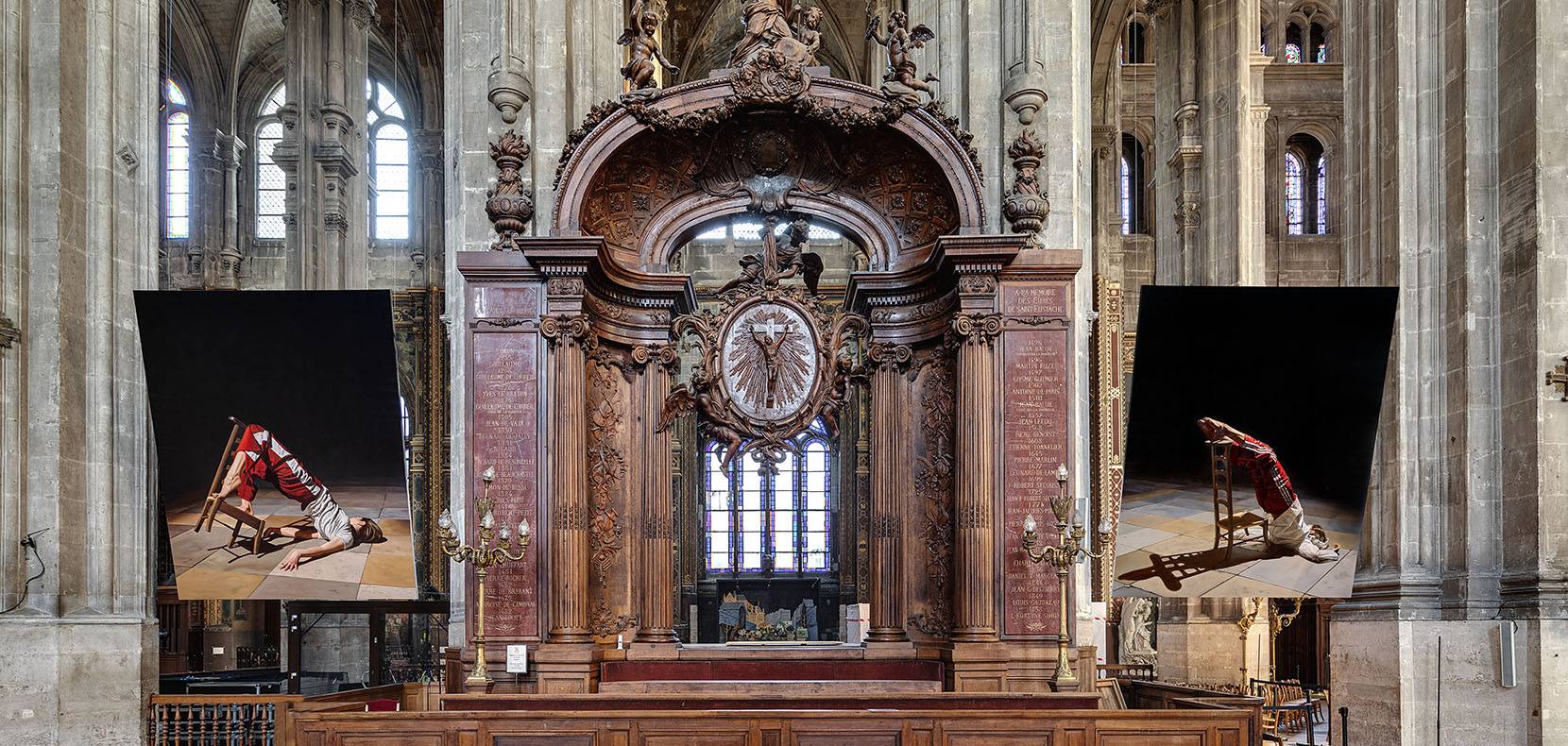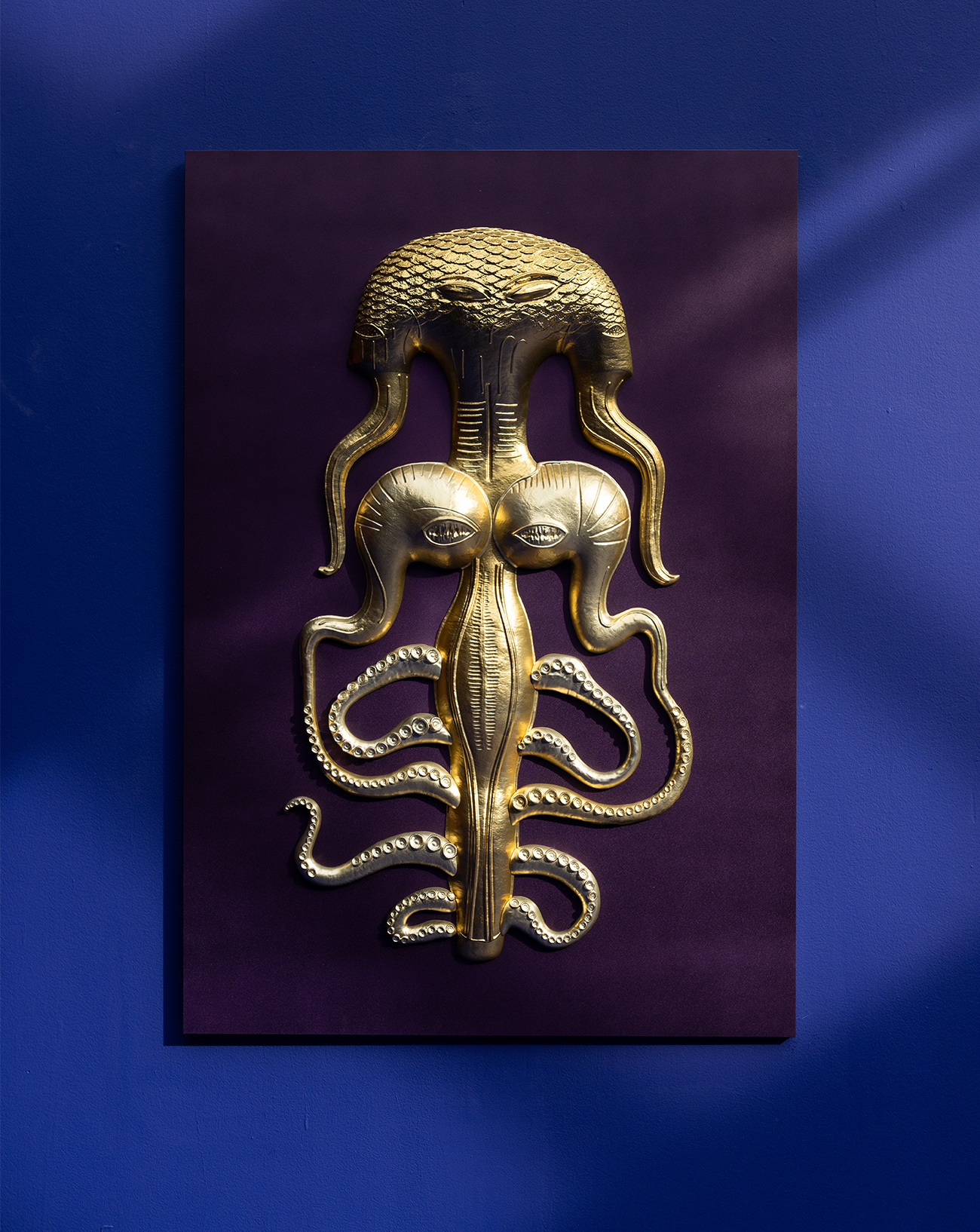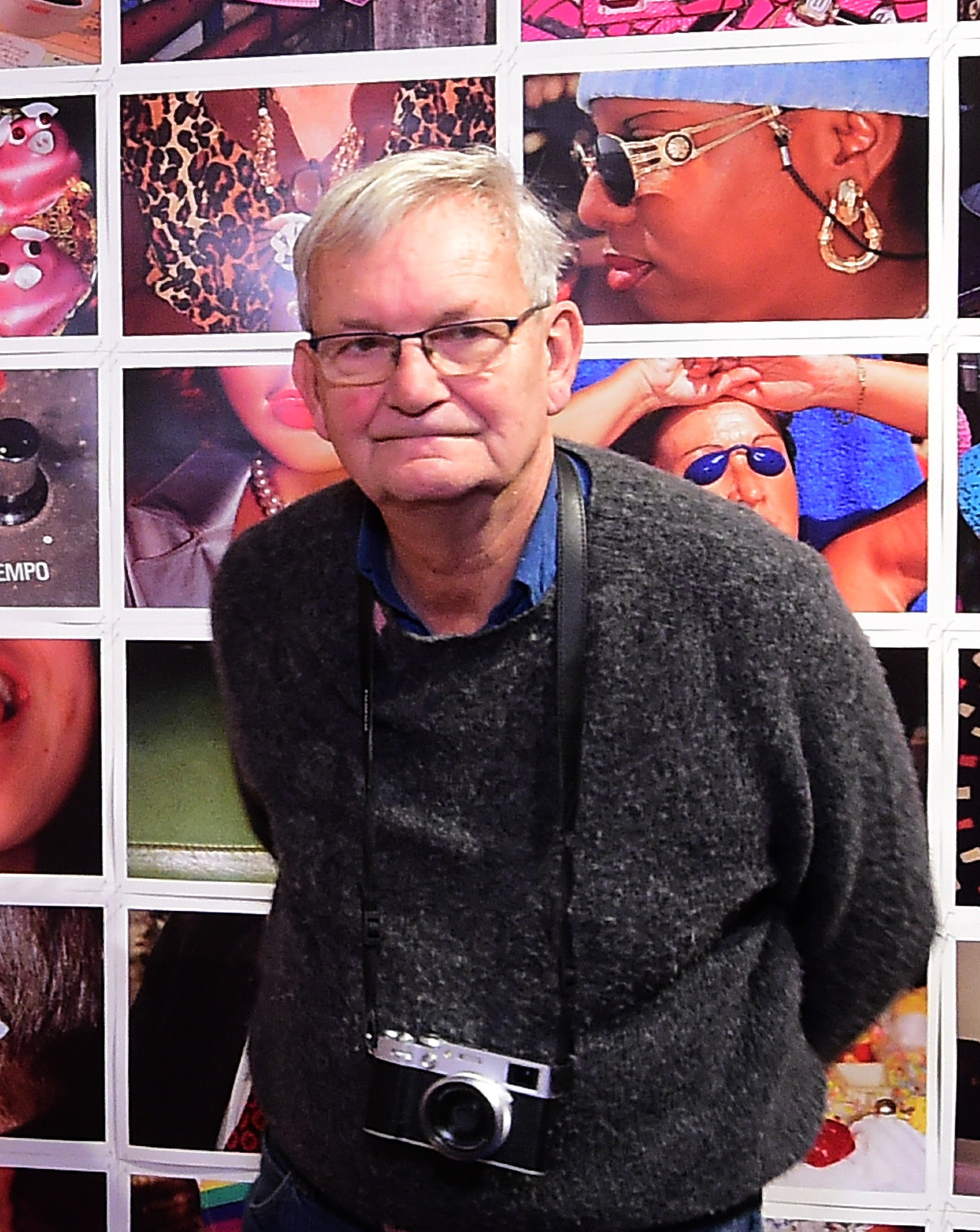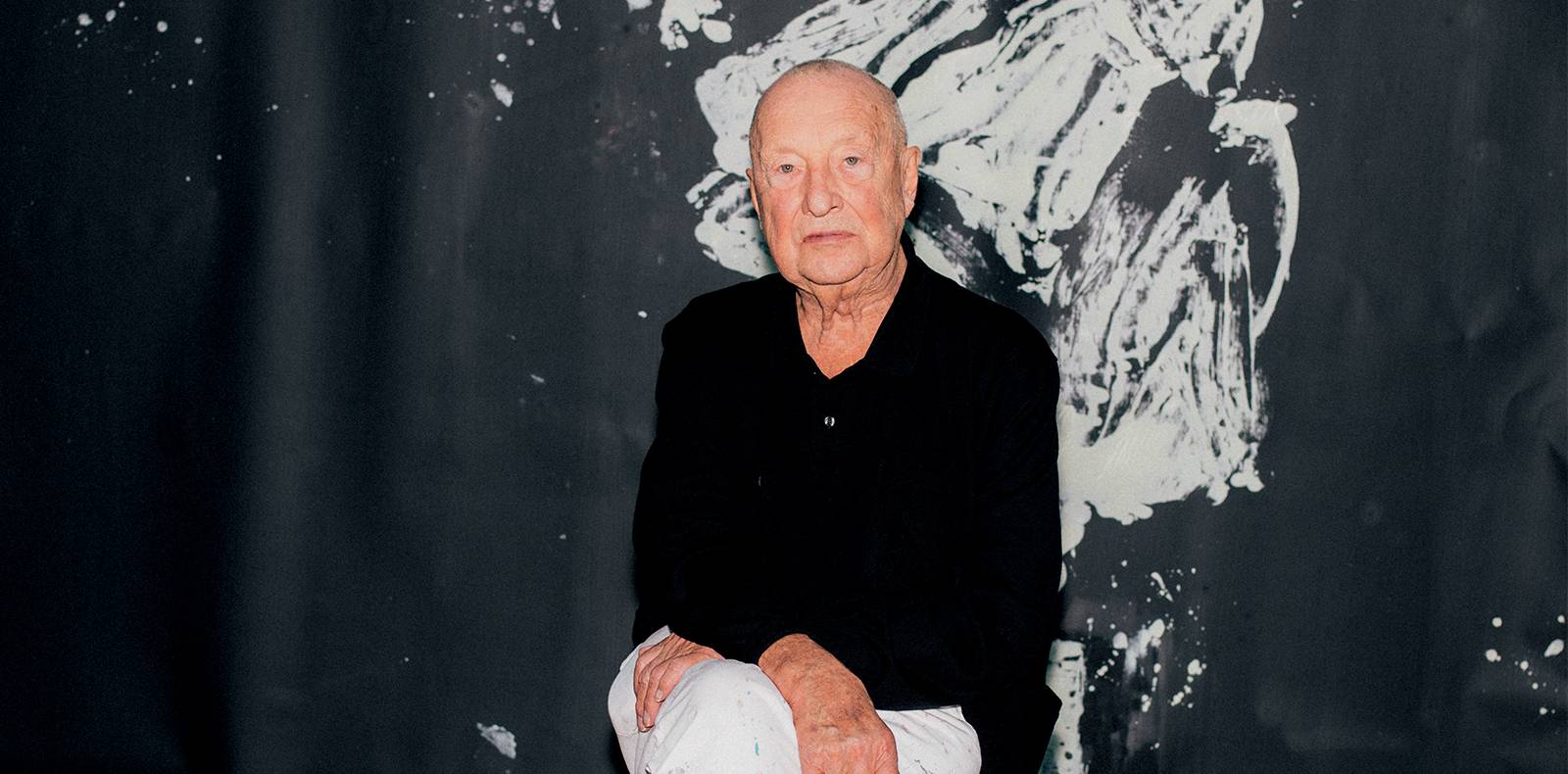
9
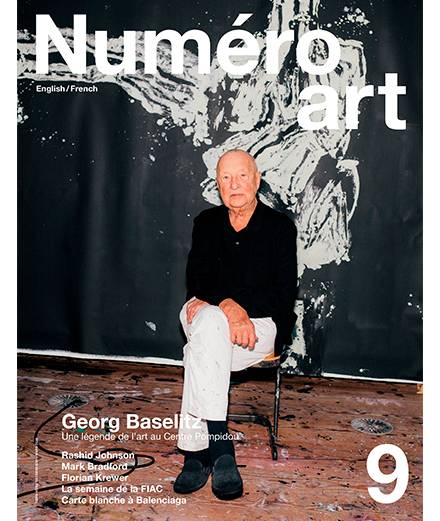
9
Georg Baselitz on the cover of Numéro art: an art monument celebrated at the Centre Pompidou
A mythical figure, Georg Baselitz has been asserting the power of painting since the 60s, while exploring drawing, engraving and sculpture. An outrage against the discourse of his time, Baselitz’s art is and remains scandalous. Nevertheless, this autumn he is celebrated on the cover of Numéro art, at the Centre Pompidou with a major retrospective, and at the Thaddaeus Ropac gallery in Paris and Seoul. For the magazine, Bernard Blistène, Honorary Director of the Centre Pompidou, and Fabrice Hergott, Director of the Musée d’Art Moderne de Paris, look back on his extraordinary career.
Published on 9 November 2021. Updated on 10 March 2025.
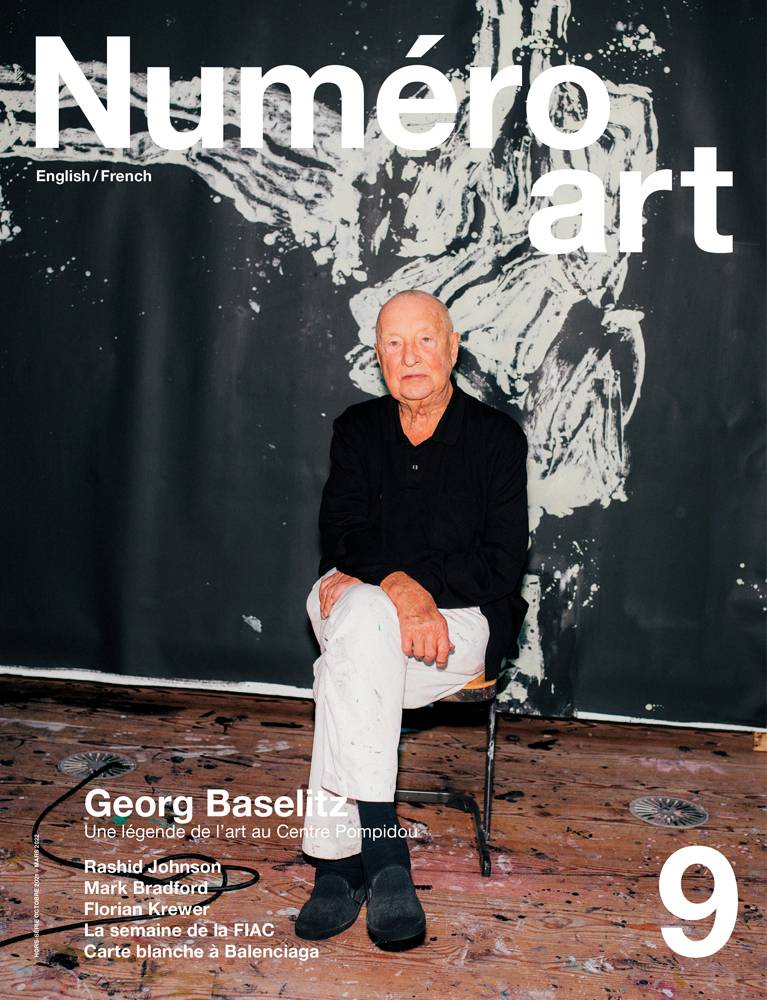
BY FABRICE HERGOTT.
“I can imagine myself as an antenna ready to receive,
buried, head in the clouds, a coil twisted in the middle. I can see better what lies behind, far away, what I’m leaving, where I’ve come from, what I’ve heard and seen – quite full of images.“To enter Baselitz’s work, it’s best to let yourself be carried along by the images, their appearance over the years, their evolution throughout a history spanning more than sixty years, the repeats, the repetitions, in the knowledge that it’s no longer possible today to form an accurate idea, such is the extent and diversity of the work: paintings, drawings, engravings. If the Centre Pompidou exhibition is not the first in France, and even less so in Paris – the CAPC in Bordeaux was the first, before the Musée d’Art Moderne de la Ville de Paris presented the major retrospective in 1996 and another in 2011 devoted entirely to his work as a sculptor – this one is presented as a sum, not definitive of course – the artist is 83 and continues to work tirelessly in his studio near Munich – but sufficiently evocative, as no other after it will ever be. If rumors are to be believed, none of the major works will be missing, so that it will remain a landmark exhibition in the history of major Baselitz exhibitions and some of the important retrospectives that will mark current and future generations.
Let’s remember that Georg Baselitz was born Hans-Georg Kern in 1938 in Deutschbaselitz, a village of some 400 inhabitants some 50 kilometers northeast of Dresden. It was here that he spent his childhood before studying in East and West Berlin. He met artist Ralf Winkler (A.R. Penck) in the first half of the city. He’ll be like his brother. Then Elke Kretzschmar, who was to become his wife, in the second. They’ll never leave each other. Because his Kern name was so common, in 1961 he took the original name of his village and simplified his first name…
Discover this text in full in Numéro art 9
